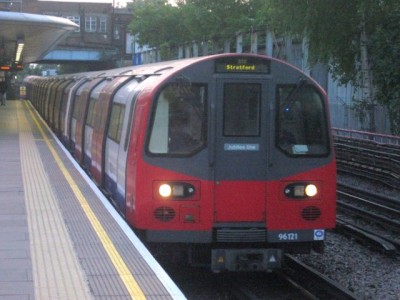 Genesis P42 52
Genesis P42 52
Location: Tucson Station, Tucson, AZ
Operator of Vehicle: Amtrak
Date of Photo: January 20, 2020
On May 1, 1971, the National Railroad Passenger Corporation (NRPC), better known as Amtrak, assumed operation of most of the passenger trains within the United States. Prior to this date, passenger trains were operated by railroads, but due to the increasing affordability of automobile and air travel for larger segments of the population, ridership on the nation’s passenger trains decreased significantly in the 1950s and 1960s. However, railroads could not abandon unprofitable passenger services without the approval of teither a state public service commission or the federal Interstate Commerce Commission (ICC), and this permission was rarely granted. With the railroads facing likely financial devastation if they could not shed their passenger services, Congress began to hold hearings about how the national rail network could be preserved in a sustainable manner for both passengers and freight.
The result of this work was the creation of the NRPC. Key provisions at the time of NRPC’s establishment were as follows:
- Any railroad operating intercity passenger service could contract with the NRPC, thereby joining the national system,
- Participating railroads bought into the NRPC using a formula based on their recent intercity passenger losses. The purchase price could be satisfied either by cash or rolling stock; in exchange, the railroads received NRPC common stock.
- Any participating railroad was freed of the obligation to operate intercity passenger service after May 1, 1971, except for those services chosen by the Department of Transportation (DOT) as part of a “basic system” of service and paid for by NRPC using its federal funds.
- Railroads that chose not to join the NRPC system were required to continue operating their existing passenger service until 1975 and thenceforth had to pursue the customary ICC approval process for any discontinuance or alteration to the service.
The thought was that NRPC would continue to operate intercity passenger trains for about three years, and then due to the continue unprofitability of these services, they would cease to exist. However, it has been 50 years since it began operations and Amtrak continues to operate to this day.
The official celebration of this anniversary took place yesterday in Philadelphia and was attended by a very prominent railfan, President Joe Biden. Amtrak is also marking the anniversary in other ways, including through the sale of special merchandise and painting special liveries on six locomotives.
While I haven’t been on Amtrak in over a year due to the Covid-19 pandemic, I am looking forward to returning to the rails soon. While most of my travels have been in the Northeast Corridor, I have had the opportunity to travel on five of Amtrak’s long distance services and several state supported corridor services as well. Amtrak may not be the fastest way to get from coast to coast, but taking the train gives you the opportunity to see parts of the American landscape that you cannot see from 30,000 feet above the ground while flying. There are even some places of the country that are only accessible if one travels by train, such as portions of the Colorado River gorge west of Denver that the California Zephyr travels through (aside from the train, the only other way to see this remarkable scenery is by whitewater raft). Through the “family style” seating in the dining car on long distance services, every meal is an opportunity to meet and converse with other travelers. It is a truly unique experience that I would recommend to anyone assuming the circumstances are right.
To mark the occasion, I’m sharing a photo from my last Amtrak trip on the Sunset Limited in January of 2020. Fittingly, the Sunset Limited is one of the routes that Amtrak has operated since its inception 50 years ago.
For more photos of Amtrak trains and stations from across the entirety of the United States, please click here.
For further reading about Amtrak’s 50th anniversary, check out any or all of the following:
R62A 1750
 Marcopolo DL036
Marcopolo DL036 Routemaster
Routemaster MAN ETB 4037
MAN ETB 4037
 Alstom Citadis 302 008
Alstom Citadis 302 008